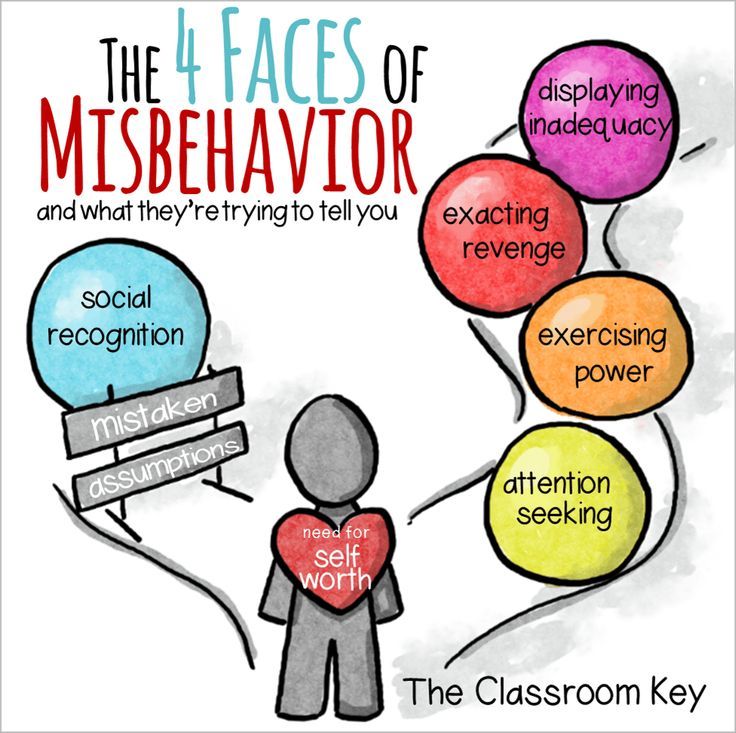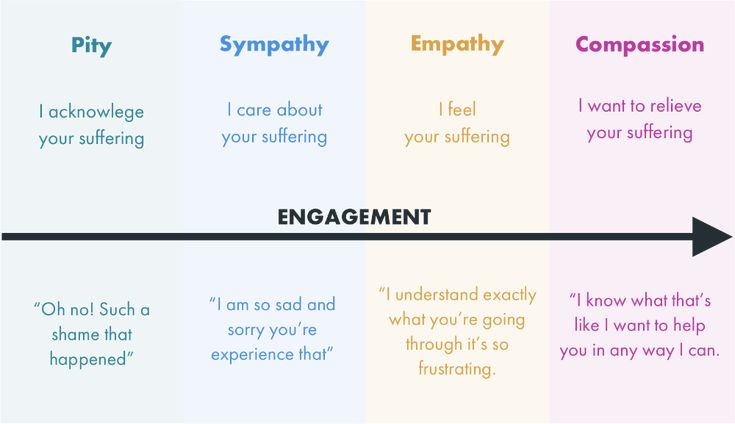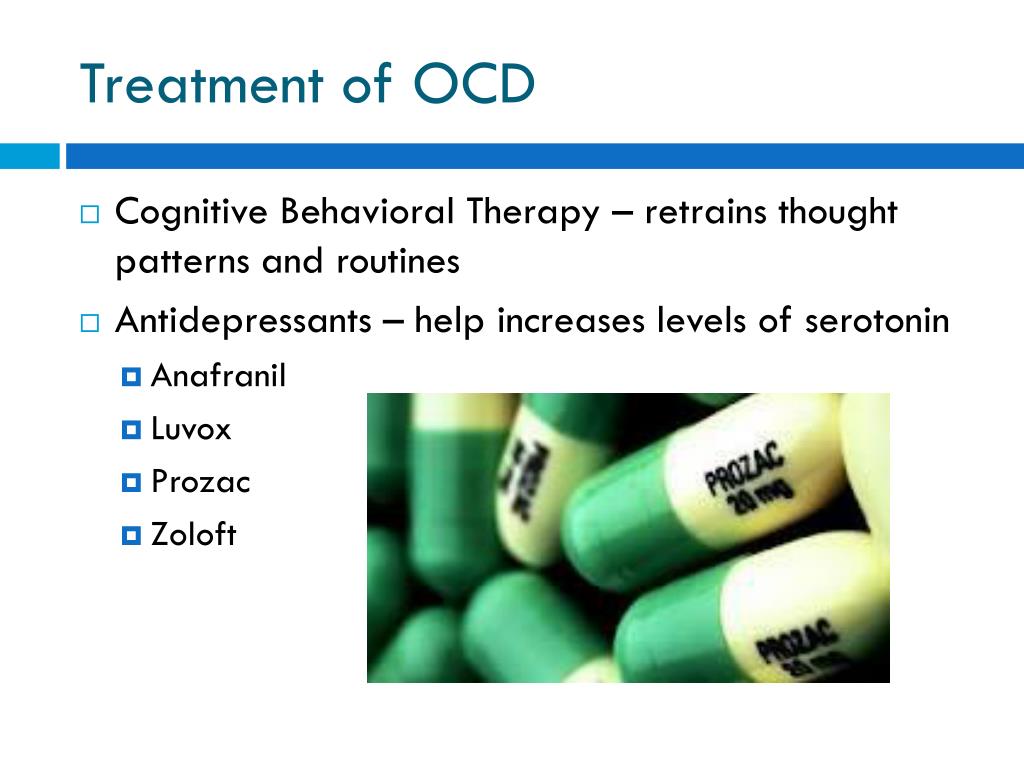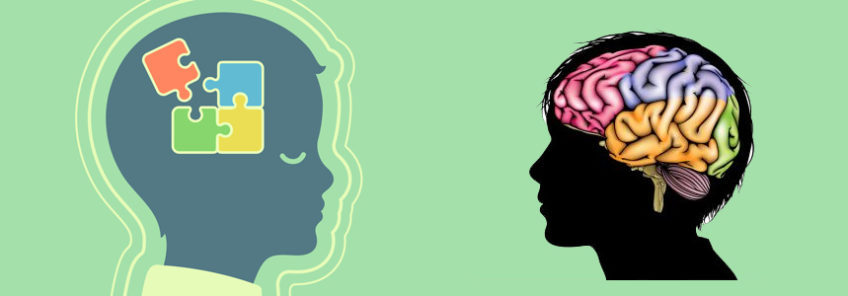Tilting head body language
Body language: Head and neck gestures
Your head and neck gestures reveal much more about your attitude than you think. When we come into contact with other people, their head (face, in particular) is what we look most at.
Therefore, it makes sense to understand what signals we’re giving off with our head and neck movements
Head gestures-
The head nodNodding the head almost everywhere in the world means ‘Yes’ and shaking the head from side to side means ‘No’. A slight head nod is used as a greeting gesture, especially when two people greet each other from a distance. It sends the message, ‘Yes, I acknowledge you’.
The speed and frequency with which a person nods when you’re talking to them can convey different meanings.
Slow nodding means the person is listening very intently and is deeply interested in what you’re saying. Fast nodding means the listener is telling you non-verbally, ‘I’ve heard enough, let me speak now’.
You might have noticed how people sometimes nod their heads quickly before they interrupt a speaker. After interrupting, they eagerly make their own point.
If the nodding or shaking of the head is not congruent with what the person is saying, something is off.
For example, during a conversation, if a person says, ‘It sounds good’ or ‘Okay, let’s go for it’ while shaking their head from side to side, then it’s clear that they don’t really mean what they’re saying.
When non-verbal signals contradict the verbal messages, you should always prefer the former. It’s because non-verbal signals cannot be easily manipulated and so are more likely to be true.
The head tilt
Tilting the head to the side communicates that the person is interested in what they’re seeing or hearing.
It’s also a submission head gesture that is commonly used by women when they’re in the company of someone they like or are simply interested in the ongoing conversation.
If you see someone tilting their head to the side while you’re talking, know that they either like you or like what you’re talking about or both.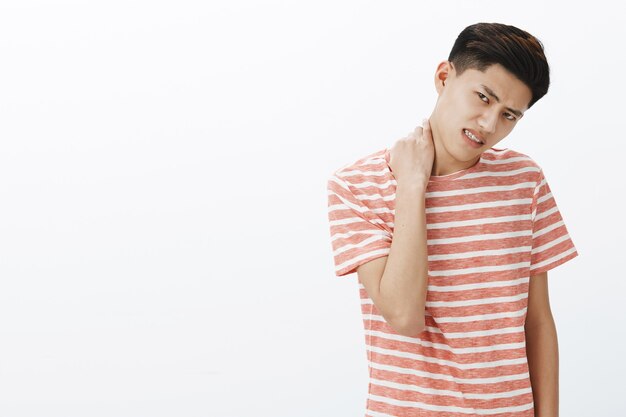
To test which one it is, try changing the topic of the conversation. If they’re still tilting their head then it’s a clear indication they’re interested in you more than in the conversation.
By tilting the head to the side, the person is exposing to you a vulnerable part of their body- the neck. Many canines including dogs lie down and expose their necks while confronting a more dominant canine to signal ‘defeat’, ending the fight without any physical aggression or bloodshed.
When someone tilts their head in your presence, they’re non-verbally telling you, ‘I trust you not to harm me’. Interestingly, if you tilt your head while speaking, the listener will trust your words more.
This is why politicians and people at other top leadership positions that require the support of people tilt their heads frequently while addressing the masses.
This head gesture is also used by a person when they’re looking at something they don’t understand. A complex painting or a strange gadget, for example.
In this case, they’re probably just trying to change the angle of their eyes to get a better/different view. Keep the context in mind to figure out the correct meaning.
Chin positions
The neutral position of the chin is the horizontal position. If the chin is lifted above the horizontal, it means the person is displaying superiority, fearlessness, or arrogance. By lifting the chin up, the person is trying to increase their height so that they can ‘look down through their nose’ at someone.
In this case, the person is exposing their neck not in a submissive way but in a way that says, ‘I dare you to harm me’.
When the chin is positioned below the horizontal, it can signal that the person is sad, dejected, or shy. It’s an unconscious attempt to lower one’s height and status. This is why our heads ‘hang’ in shame and don’t ‘rise’ in shame.
It can also mean that the person is engaged in self-talk or feeling an emotion very deeply.
When the chin is down and pulled back, it means the person is feeling threatened or judgmental in a negative way. It’s as if they’re being symbolically punched in the chin by the source of their threat and so have it pulled back as a defensive measure.
It’s as if they’re being symbolically punched in the chin by the source of their threat and so have it pulled back as a defensive measure.
Also, it partially hides the vulnerable front portion of the neck.
This head gesture is common in groups when a stranger joins the group. The person who feels that the stranger will steal their attention does this gesture.
When someone feels disgusted, they pull their chin backward because they’re judging the situation negatively. Disgust is of two types- germs disgust and moral disgust.
Whether you smell rotten food infested by germs or observe someone behaving in a morally reprehensible way, you show the same facial expression of disgust.
The head toss
This is again a submission gesture that is commonly done by women when they encounter someone they like. The head is tossed backwards for a fraction of a second, flipping the hair, and then it returns to the original position.
Besides exposing the neck, this gesture is used as an attention-grabbing signal for a male, communicating the message, ‘Notice me’.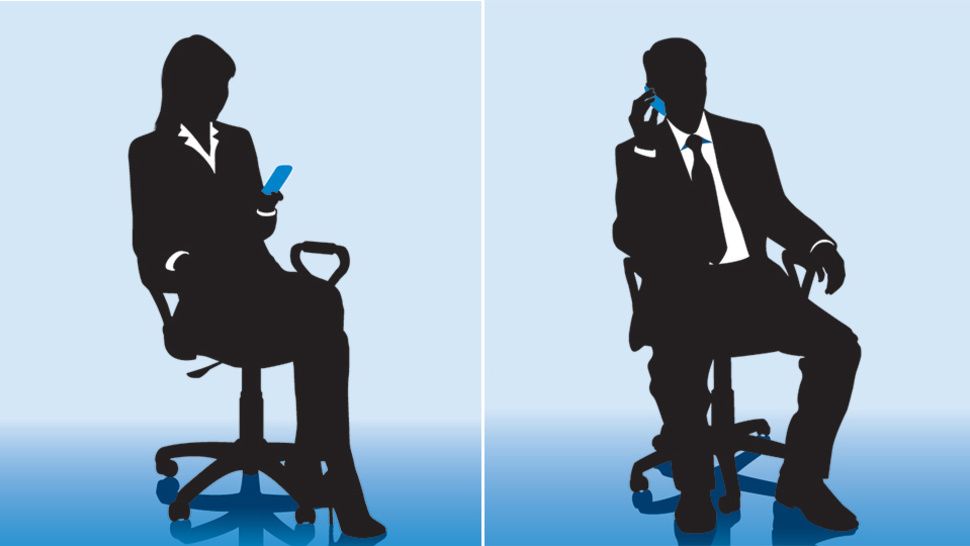
If a group of women is chatting and suddenly an attractive male appears on the scene, you might notice women doing this gesture instantaneously.
Women sometimes do this gesture to move the hair away from their face or eyes whilst they’re working on something. So keep in mind the context before you draw any conclusions.
Swallowing
When someone hears a piece of bad news or is about to say something unpleasant, you may notice a subtle swallowing movement on the front of their neck.
Sometimes this swallowing movement is also accompanied by a brief closure of the mouth. It’s almost as if the person is actually trying to swallow something.
This is very noticeable in men because their frontal neck area is usually large. It’s even more noticeable in men having a large Adam’s apple.
This neck movement basically signals a strong emotion. It’s mostly fear, sometimes sadness and other times deep love or even deep joy.
When a person is crying or weeping, you’ll notice this movement on the neck frequently. So, any situation that makes a person feel like wanting to cry, however slightly, can trigger this neck movement.
So, any situation that makes a person feel like wanting to cry, however slightly, can trigger this neck movement.
You’ll notice this movement when a doctor is about to announce bad news to a family, when a person admits their mistake to a friend, when someone is afraid that they’ll be caught, etc.
You might also notice it when a mountaineer climbs to the top of a mountain and looks at the magnificent scenery with tears of joy in his eyes or when someone says ‘I love you’ and means it.
[download_after_email id=2817]
Hanan Parvez( Author )
Hi, I’m Hanan Parvez (MBA, MA Psychology), founder and author of PsychMechanics. PsychMechanics has been featured in Forbes, Business Insider, Reader’s Digest, and Entrepreneur. Feel free to contact me if you have a query.
|
Techniques > Use of body language > Parts-of-the-body language > Head body language Lowering | Raising | Tilting | Oscillating | Rotating | Pointing | Touching | Unmoving | See also
The head can send such a wide range of signals that the face and other parts
of the head are covered in other pages. LoweringA lowered head covers the neck with the chin and hence can be a defensive posture that can occur as a result of any perceived threat (not just physical threat). Lowering the head also lowers the eyes and hence can be a sign of submission, effectively saying 'I dare not even look at you'. The eyes are typically also lowered here. It can be driven by affection ('you are so wonderful') or fear ('you might hurt me if I look at you'). Lowering the head whilst maintaining eye contact can also be a strong flirting signal, typically by women. It says 'You are superior and I just can't take my eyes off you'. It can also be a sign of defiance or caution, for example when showing respect to an enemy ('You are strong and I do not trust you'). Sometimes, lowering the head is just a sign of exhaustion. Lowering the head can be a part of ducking as the person reflexively pulls the head down to avoid a real or imagined hazard. This makes the body smaller and protects the neck. A single short lowering of the head can be an abbreviated nod. This is a common greeting, perhaps as a small bow. It may also be a signal of power ('I am so powerful people are paying will notice even a small nod'). Again it may be a deliberate concealment, sending covert agreement to a colleague. RaisingWhen the head is low, raising it may be a sign of interest as the person moved to looking at the point of interest. This is typically accompanied by other expressions of interest such as raised eyebrows. From a level position, a quick flick upwards can be a sign of query ('What do you mean?'). Raising the head and looking at the ceiling may signal boredom. TiltingTilting the head sideways can be a sign of interest, which may be in what is said or happening. It can also be a flirting signal as it says 'I am interested in you!' Tilting can similarly indicate curiosity, uncertainty or query, particularly if the head is pushed forward, as if the person was trying to look at the subject in a different way in the hope of seeing something new. The greater the tilt, the greater the uncertainty or the greater the intent to send this signal. A tilted head pulled back tends to indicate suspicion, as the uncertainty of the tilt is combined with a defensive pulling back. The tilted head exposes the carotid artery on the side of the neck and may be
a sign of submission and feelings of vulnerability. If the head is propped up by the hand, it may be tiredness or an expectation of continued interest ('This is so interesting!'). Oscillating (nodding and shaking)Nodding up and down signals agreement in most cultures and may well be accompanied by smiling and other signs of approval. A vigorous nodding probably indicates strong agreement, whilst slow nodding may indicate conditional agreement (and so may be questioned if you want full agreement). Turning the head from side to side usually indicates disagreement or disapproval and may originate in infant refusal of food. Again, speed of swinging indicates strength of feeling. A head tilted down whilst swinging may signal particular disapproval ('I don't even want to look at you'). Alternately tilting the head at an angle to each side can say 'I'm not sure', though in Southern India it means 'Yes'. Nodding or shaking the head whilst talking is an encouragement for the other
person to agree (which works surprisingly often). Nodding whilst the other person is talking sends approval signals and encourages them to keep talking. Shaking the head shows disagreement and they may either stop and seek your view or redouble their attempts to persuade you. A nod can be used when emphasizing a point. The may range from a subtle encouragement to agree to a rapid and aggressive tilt. A short, sharp nod can symbolize a head-butt, indicating the desire to strike the other person (this may be in emphasis or for other reasons). Shaking the head when saying something positive is a negative signal and may indicate the person does not believe what they are saying. Head movement is also related to status. Higher status people move their heads less. Lower status people often move their head far more. RotatingRotation of the head in a circle is a relatively rare gesture and may just be
the person exercising a stiff neck (if they should be paying attention, this may
thus indicate boredom). Turning the head away removes attention and thus may say 'I do not want to communicate with you'. This can be very insulting as it denies the existence of the other person. Turning the head slightly to the side points the ear at the other person, perhaps better to hear them. This is usually accompanied by continued eye contact and the hand may be cupped behind the ear. A slight head turn also puts one eye in the middle of your head as the other person sees it. To make eye contact they thus have to focus on one eye. This can be very disconcerting and this 'one-eye' gaze may be used as an act of dominance (It may also be used in the act of 'giving the evil eye'). A slight rotation on top of oscillation may indicate incomplete agreement or
disagreement, for example where a nod has a slight additional side-to-side
movement, indicating primary or external agreement but with a certain amount of
disagreement too (which may be significant if they feel coerced into agreement). PointerWe tend to point at people and things in which we are interested in some way. Pointing the head and face at another person shows interest in them. In groups and meetings, you can often see power people as others often look at them. Likewise, the less significant people are not looked at often. We can also point with a twitch of the head in any given direction. Pointing at a person in this way without looking can be insulting and can be subtle, for example where you do not want the indicated person is being pointed at. TouchingWe can touch the head in many places. Touching the face is a common sign of anxiety and people tend to have preferred places they touch or stroke when they are concerned. This is a classic pattern that poker players look for in other players as signs of having good or bad hands. Covering eyes, ears or mouth may say we do not want to see, hear or say
something. We may touch the side of the nose or stroke the chin when we are thinking, making decisions and judging others. Tapping the head can be self-punishment and hence signal regret, for example tapping the forehead with the heel of the hand ('I'm stupid!'). Note that, depending on context, this can also be a signal that somebody else is considered stupid. The head is heavy and when tired we may prop it up, either under the chin or at the side. Boredom makes us tired so propping the head may indicate this. Propping up the head also happens when a person is thinking or evaluating. In some cultures, the head is considered the part of the body that is most spiritual. Touching the head can be considered wrong in such contexts. UnmovingThe head often moves during speaking and often to signal submission or
anxiety. When it does not move, it may indicate that the person is serious or
talking from a position of authority. When the head is not moving and the eyes are not focused the person may not be attending outer world, instead being lost in inner thoughts and musings. See alsoFace body language |
Sign Language - Voronezh - Index Camelot
When communicating with a person who is sympathetic to us, we try to understand how he treats us, what thoughts occupy him at the moment. The best detector of thoughts and emotions is body language. Even by the lightest and seemingly insignificant movement, you can learn much more about the interlocutor than by a long conversation. Our body language is expressive and emotional. Today we will learn how to use non-verbal means of communication correctly when dating a loved one and what gestures are better not to use at all during communication.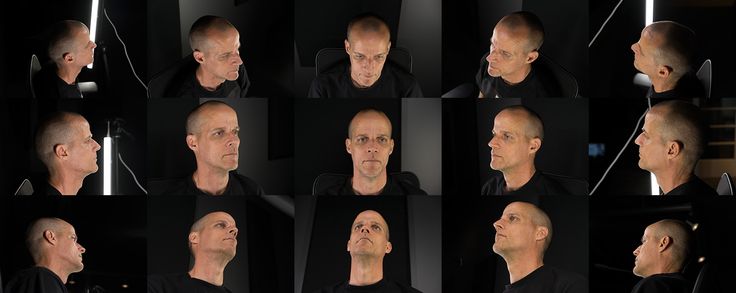
The boundaries of personal space
The distance between you and your interlocutor shows how you are located to each other. Each person has a personal psychological space. Depending on the degree of trust, its boundaries can expand or narrow. The most alienated zone is farther than at arm's length. If you are kept at this distance, then your interlocutor perceives you as an unfamiliar or not close friend. If only verbal contact is possible during a conversation, do not attempt to close the distance until you are prompted in sign language.
The interlocutor treats you much warmer if your communication takes place at arm's length. In this zone, your communication can become more sincere and open. The closest and most intimate distance is 30 cm from the interlocutor and less. Lovers keep at such a distance, narrowing the limits of personal space for each other as much as possible.
Interlocutor's posture
The position of a person's body during communication can tell a lot about his character, habits and attitude towards you. It is the posture that is the most readable indicator of the internal state of a person. If many people know how to hide true emotions on their faces, then not everyone has the talent to control the position of their body.
It is the posture that is the most readable indicator of the internal state of a person. If many people know how to hide true emotions on their faces, then not everyone has the talent to control the position of their body.
The ability to accurately and quickly intercept every movement of the interlocutor - the slightest tilt, slight swaying, or the unobtrusive habit of leaning back in a chair - will help you quickly establish contact with a person and reveal some of his character traits.
- Delusions of grandeur. If your interlocutor is accustomed to putting his hands behind his back and raising his head high, then you have a rock man in front of you, whose opinion is unshakable. He is so confident in himself that sometimes he puts people below him.
- Search for support. If a person, when communicating with you, constantly tries to grab onto a chair, umbrella or hat, he feels that contact with you has not been fully established and complete understanding has not been achieved between you.

- Domination. If your partner is standing in front of you with the thumbs of both hands in his belt or in his pants pockets, he is aggressive and wants to demonstrate confidence in his intentions. If, on the contrary, the palms are in the pockets, and the thumbs are outward and pointing down, this means that the interlocutor wants to demonstrate his superiority over you.
- Disconnect from the conversation. Arms crossed on the chest, jacket buttoned up and legs thrown one over the other - a sign of closeness and unwillingness to let you into your personal space. Crossed ankles are a sign of insecurity and insecurity, as well as an attempt to keep your emotions under control and remain calm. If the interlocutor's legs are wide apart, he unbuttons his jacket in conversation with you, this means that he completely trusts you. He is comfortable next to you.
- Excitement and discomfort. If a person often fidgets in a chair - then moves to its edge, then sits down on it completely, puts his elbows on the table and immediately removes them - this means that he needs time to calm down and put his thoughts in order.

Head position
The tilt of the other person's head can also tell you a lot about how they feel about you and help you know what they're thinking. You just have to carefully monitor how he holds his head during a conversation.
- Interested. If in a conversation a person unconsciously tilts his head to one side, this means that you arouse a keen interest in him, you want to listen and hear.
- Skepticism. If the interlocutor's head is tilted down and he looks at you frowningly, then you are treated with distrust. Putting forward his forehead, a person instinctively moves away from you, closes the boundaries of his personal space.
- Hostility. A chin held high and looking forward is a sign of an aggressive attitude.
- Boredom. Many people have a habit of turning their heads as if to stretch their necks. But not everyone knows that if a person uses this gesture when communicating, he is not interested in the conversation.
 And if at the same time the interlocutor turns his head to the side and is in no hurry to turn his face towards you, you can regard this as a disregard for yourself.
And if at the same time the interlocutor turns his head to the side and is in no hurry to turn his face towards you, you can regard this as a disregard for yourself. - Surprise or disbelief. As you know, a strong shake of the head means a categorical disagreement with what is happening or what is said. But a slight swaying is a sign far from negative. This movement can be regarded as surprise, keen interest, or uncertainty. For a more accurate definition, pay attention to the position of the chin. A person shows curiosity if at the same time he stretches his chin forward. But a slightly tilted head when shaking is a sign of an ironic attitude towards you and unwillingness to believe what was said.
- Involuntary consent . A nod mixed with a slight negative swaying means not willfully accepting the interlocutor's point of view. This happens if in the soul of your interlocutor there is a struggle between their own principles and unwillingness to offend you.

Facial expressions and its features
Facial expressions are one of the main tools for expressing human emotions. Eyebrows and lips are very telling parts of the face. It is by them that we can surely identify what a person is experiencing.
On a date with a loved one, we want to quickly find out what impression we make on him, whether our feelings are mutual, whether he is interested in a conversation. To make it easier to recognize the secret thoughts of your companion, watch the left side of his face. Scientists have long proven that our brain is designed in such a way that the right hemisphere controls emotions in general and the work of the left side of the face, in particular. The human face is asymmetrical, so emotions are displayed disproportionately on its right and left sides. If positive emotions such as joy, admiration, pleasure illuminate both parts of the face, then negative ones are most clearly displayed on the left side.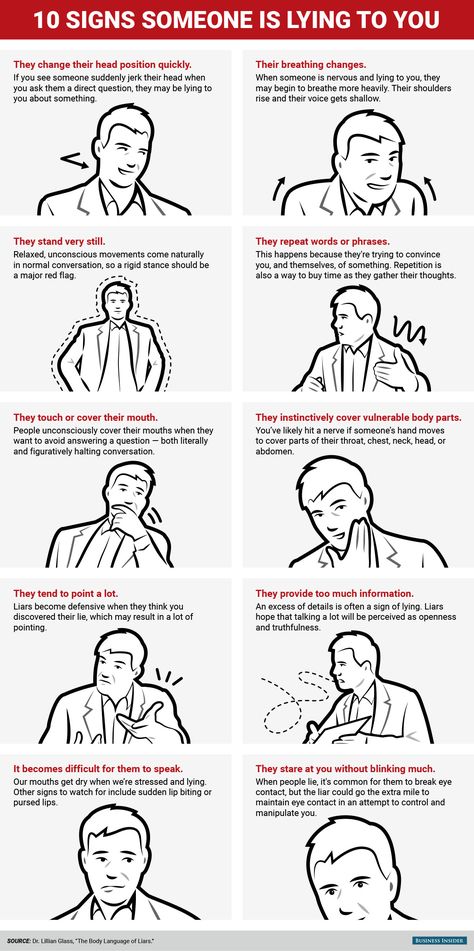
Among the changes in facial expressions as a means of non-verbal communication, a special sign system "eye contact" can be distinguished. On a first date, eye contact can tell a lot about how you feel about each other.
- Indifference. Short or abrupt glances most often indicate that your actions or words are indifferent to a person.
- Willingness to continue communication. A woman's smile in response to a man's eye-to-eye gaze means permission for longer eye contact. The same thing means the open look of a woman.
- Barrier to communication. If the interlocutor deliberately avoids a meeting look, this means that there is a barrier between you.
Hand position
You must have noticed behind you that you involuntarily make different gestures with your hands. Suddenly, you suddenly begin to want to scratch your nose, straighten your hair, or touch your earlobe. All these movements are made unconsciously. It is very important to consider these points at the first date, when you do not know the person well enough and each gesture is a storehouse of information about him.
It is very important to consider these points at the first date, when you do not know the person well enough and each gesture is a storehouse of information about him.
- Nervousness. If, during communication, your interlocutor constantly strives to touch his nose, ears, rub his eyelids or neck, know that it is better not to believe a single word of his.
- Hands in pockets. Remember where small children hold their hands when they answer “not me” to the question “who broke the vase?”. Probably, the hands are behind the back or hidden in the pockets. With age, this habit does not disappear anywhere. The liar, trying to hide the truth, instinctively closes himself. Also, the answer of your interlocutor can be regarded as insincere if a person holds the palms of his lowered hands with the outer side forward.
- Hand to mouth - attempt to control one's words. Often, in a fit of emotion, we say what we would like to hide. If your interlocutor holds his palm near his mouth or bites his lip from time to time, he is afraid to give himself away under the pressure of emotions.
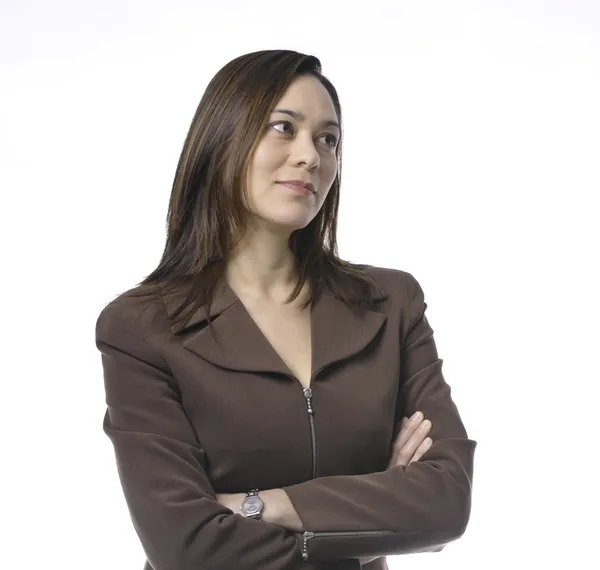 He may also tighten his lips, as if trying to squeeze out every word, a sign of uncertainty that he is telling the truth.
He may also tighten his lips, as if trying to squeeze out every word, a sign of uncertainty that he is telling the truth.
As we can see, body language never stops. Even in the most ordinary situations, he can tell about our thoughts, true emotions. Therefore, when you come to the first date with your chosen one, pay more attention to facial expressions, gestures and positions of his hands and feet. So you can quickly feel the mood of the interlocutor.
However, one should not dwell on the search for the hidden meaning of each gesture and word. Not every movement can speak of lies and insincerity. Perhaps the person actually has an itchy nose or a stiff neck. Most importantly, do not forget that the ABC of gestures can be applied to men and women in completely different ways. And there are reasons for this. Men and women lie equally often, but women usually do this in order to make the interlocutor feel more comfortable, and men - to present themselves in a more favorable light.
Write a review to the author on the article
* Required fields
See also
Clock Sovetskaya street Romantic places in Voronezh Wedding in Voronezh wedding traditions Guest marriage
Share
Basic Head Positions. Body language [How to read the thoughts of others by their gestures]
Basic Positions of the Head. Body language [How to read the thoughts of others by their gestures]WikiReading
Body language [How to read the thoughts of others by their gestures]
Alan Piz
Contents
Basic Head Positions
There are three basic head positions. The first is a straight head (Fig. 90). This position of the head is typical for a person who is neutral about what he hears. The head is usually motionless, and small nods of the head are made from time to time.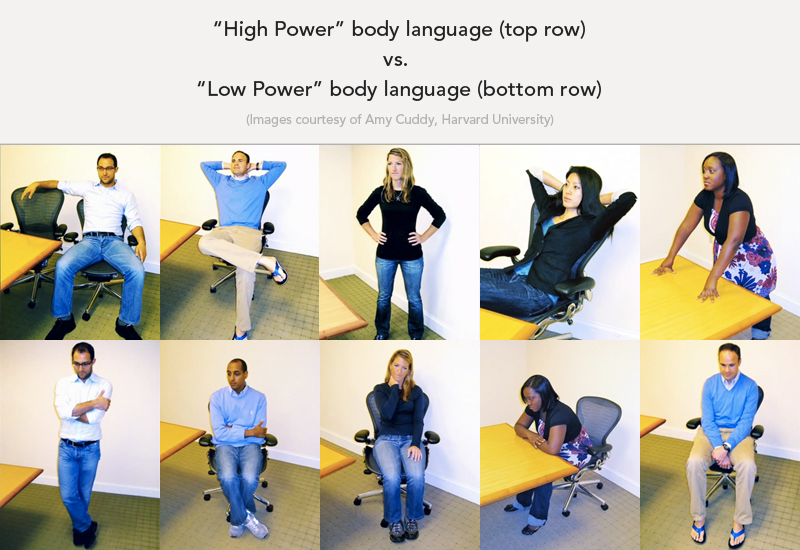 Hand-to-face appraisal gestures are often used in this head position.
Hand-to-face appraisal gestures are often used in this head position.
When the head tilts to the side, this indicates that the person has aroused interest (Fig. 91). Charles Darwin was one of the first to notice that people, like animals, tilt their heads to the side when they become interested in something. If you're doing a product launch or speech, keep an eye out to see if your audience has the gesture. When you see that they tilt their head to one side, and their body forward, and rest their chin on their hand, then you have achieved your goal. Women use this head position to show their interest in an attractive man. When spoken to, all you have to do is tilt your head to the side and nod your head from time to time. Thus, you will achieve the disposition of the speaker towards you.
If the head is tilted down, this indicates that the person's attitude is negative, and even condemning (Fig. 92). A low head tilt is usually accompanied by a series of gestures of critical appraisal until you force the person to raise their head or tilt it to the side, you will have trouble communicating with that person. If you often have to speak in front of an audience, you can often observe how all the people in the audience can sit with their heads down and arms folded across their chests. Professional lecturers and teachers usually do something to increase the interest of the audience before they start their presentation. For this, it is necessary that the heads of the listeners rise, and people become more attentive. If the trick is not successful, the position of the heads of the audience will change to be inclined to the side.
If you often have to speak in front of an audience, you can often observe how all the people in the audience can sit with their heads down and arms folded across their chests. Professional lecturers and teachers usually do something to increase the interest of the audience before they start their presentation. For this, it is necessary that the heads of the listeners rise, and people become more attentive. If the trick is not successful, the position of the heads of the audience will change to be inclined to the side.
Fundamentals of the theory of transactional analysis
The main provisions of the theory of transactional analysis The concept of "transactional analysis" means the analysis of interactions. The central category of this theory is "transaction". A transaction is a unit of interaction between communication partners, accompanied by their task
Fundamentals of theory
Basic theoretical provisions 1.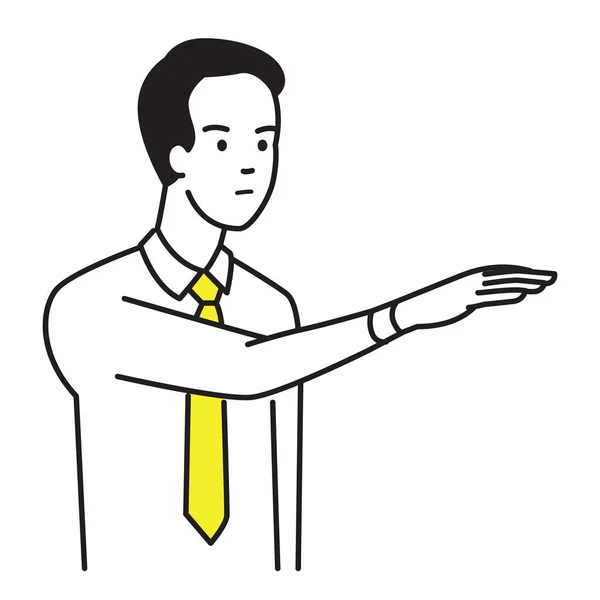 Each organism strives to achieve a state of full functioning, which means the addition (or completion) of internal organization. Gestalt psychologists have shown that a person in the process of perceiving the outside world is not
Each organism strives to achieve a state of full functioning, which means the addition (or completion) of internal organization. Gestalt psychologists have shown that a person in the process of perceiving the outside world is not
Basic provisions
Key points Holographic memory is an ordered, systematic perception of all past experience and ideas about the future, facilitating a person's conscious access to any information available in his mind. The main provisions of the holographic memory method
Fundamentals of human nature
Fundamentals of human nature All thinking people have certain axiomatic ideas about human nature. Personality theorists are no exception to this rule. Ideas about human nature may be rooted
Freud's Fundamentals of Human Nature
Freud's main points about human nature The unifying idea of this book is that all personality theorists adhere to certain initial (basic) provisions about human nature. In addition, these provisions, which cannot be confirmed or
In addition, these provisions, which cannot be confirmed or
Adler's basic propositions on human nature
Adler's main provisions regarding the nature of man Adler was considered by many to be a "neo-Freudian", and he certainly did much to redefine the psychoanalytic movement as a coherent theoretical system. But despite the fact that by all accounts he was a
Erickson's Fundamentals of Human Nature
Erickson's main points about human nature Robert Coles, in a biographical work on Erickson, wrote: "When one person builds on a theoretical construct erected by another person, he does not always follow every principle of his
Key points in retrospect
Key points in retrospect The central, unifying thesis of this book is that the fundamental propositions about human nature define the framework in which the various strands of personality psychology are formulated and ultimately tested. They are also
They are also
Fundamentals of Ericksonian hypnosis
Fundamentals of Ericksonian hypnosis Milton Erickson has analyzed the effectiveness of countless variations of hypnotism. He could simultaneously hypnotize one subject and talk to another, give a lecture to everyone, highlighting several
Basic provisions
Key points Holographic memory is an ordered, systematic perception of all past experience and ideas about the future, facilitating a person's conscious access to any information available in his mind. The main provisions of the holographic memory method
Basic provisions
Key points The fundamental premise of Rogers' theoretical ideas is the assumption that in individual self-determination people rely on their own experience. In his main theoretical work "Theory of therapy, personality and interpersonal
In his main theoretical work "Theory of therapy, personality and interpersonal
Fundamentals of Existential Psychotherapy
Fundamentals of Existential Psychotherapy Existential psychotherapy is used to assist patients in their confrontation with the basic problems of existence associated with anxiety, despair, death, loneliness, alienation and meaninglessness.
Neuro Linguistic Programming Fundamentals and Principles
Basic principles and provisions of neurolinguistic programming In the spring of 1976, after summarizing the accumulated experience, the name "Neuro-Linguistic Programming" was born. This title reflects the following ideas: 1. The particle "neuro" contains the idea of
Fundamentals of Attachment Theory
Attachment Theory Basics Definition of Attachment and Attachment Theory Bowlby believes that mother and infant are part of a self-regulating system, the parts of which are interdependent.
 Here, we focus just on movement of the
head as affected by the neck muscles.
Here, we focus just on movement of the
head as affected by the neck muscles.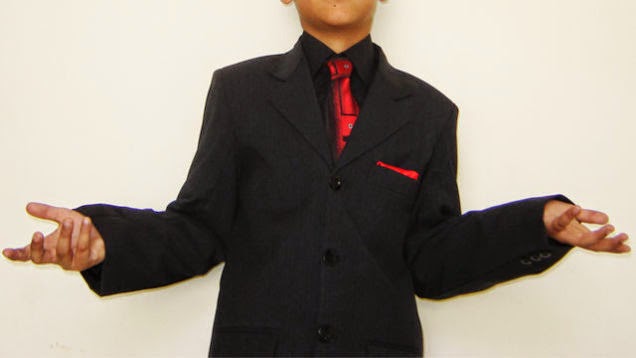 The head is rather
heavy and a tired person's head will sag.
The head is rather
heavy and a tired person's head will sag.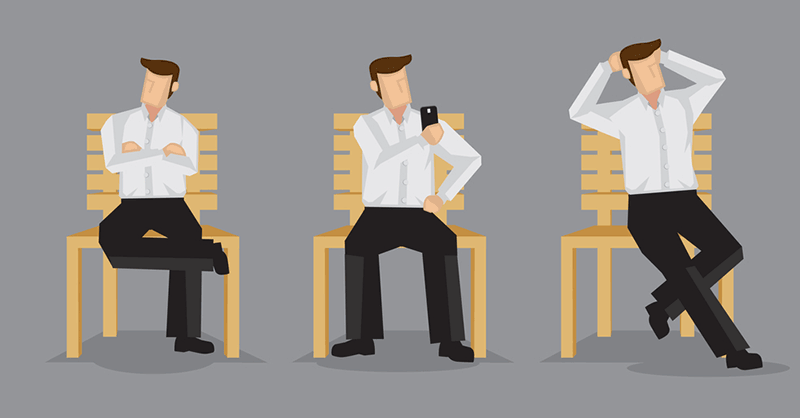 It may also
indicate a visual thinker who is looking at internal images. Another alternative
is where a person wants to focus on the sound and is thus averting the eyes in
order to concentrate on the sound.
It may also
indicate a visual thinker who is looking at internal images. Another alternative
is where a person wants to focus on the sound and is thus averting the eyes in
order to concentrate on the sound.
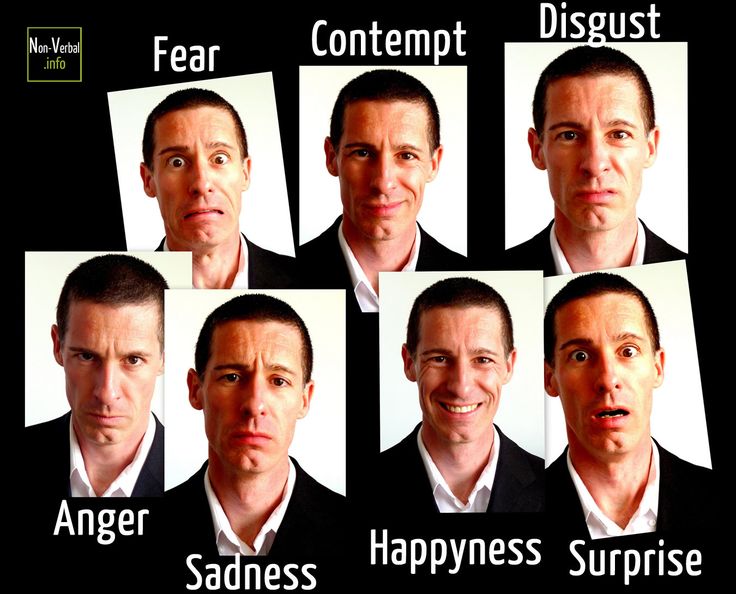



 With a stable head, it is easier to fix
others with a dominant gaze. This is a quite significant effect that actors
often use. Just holding your head steady can lead to others affording you higher
status.
With a stable head, it is easier to fix
others with a dominant gaze. This is a quite significant effect that actors
often use. Just holding your head steady can lead to others affording you higher
status. 